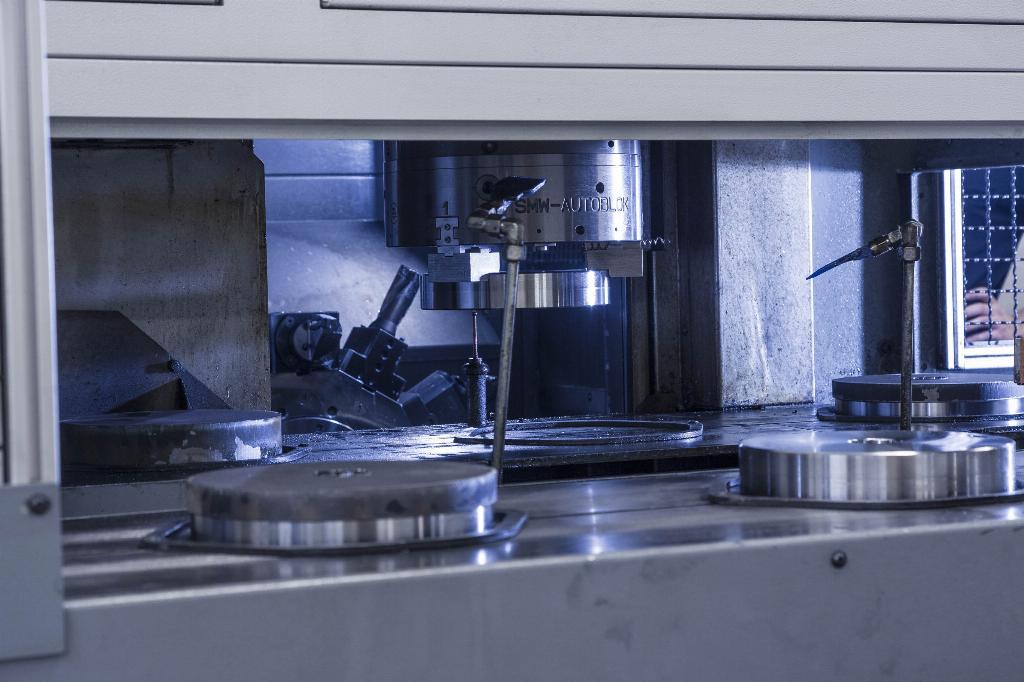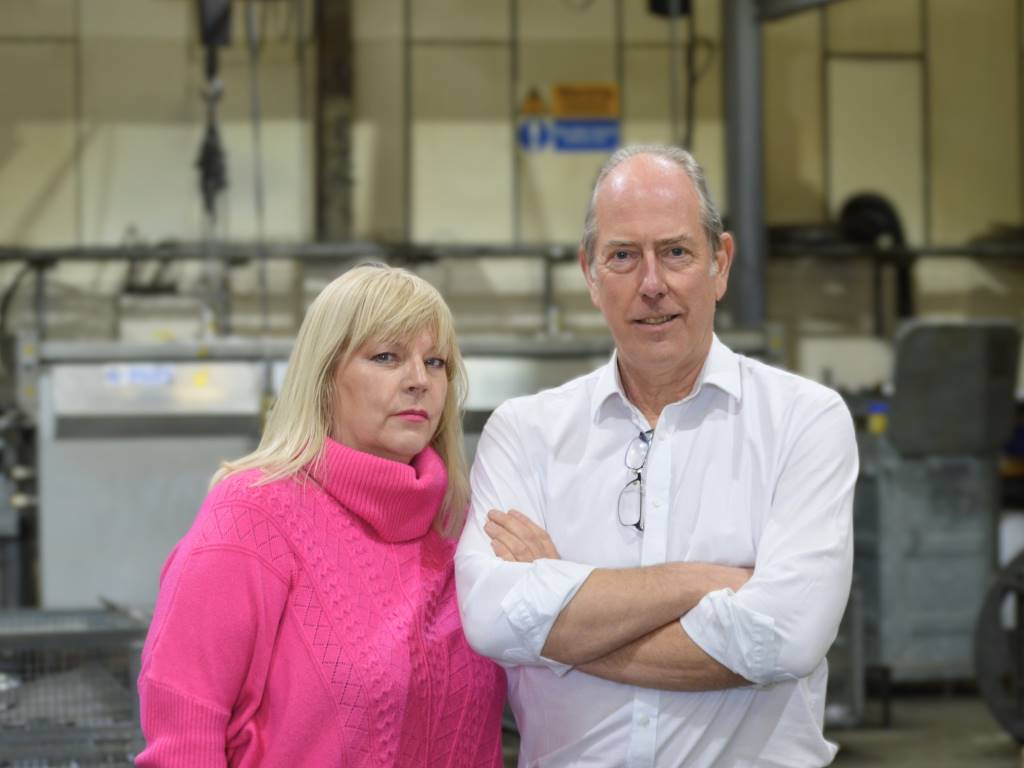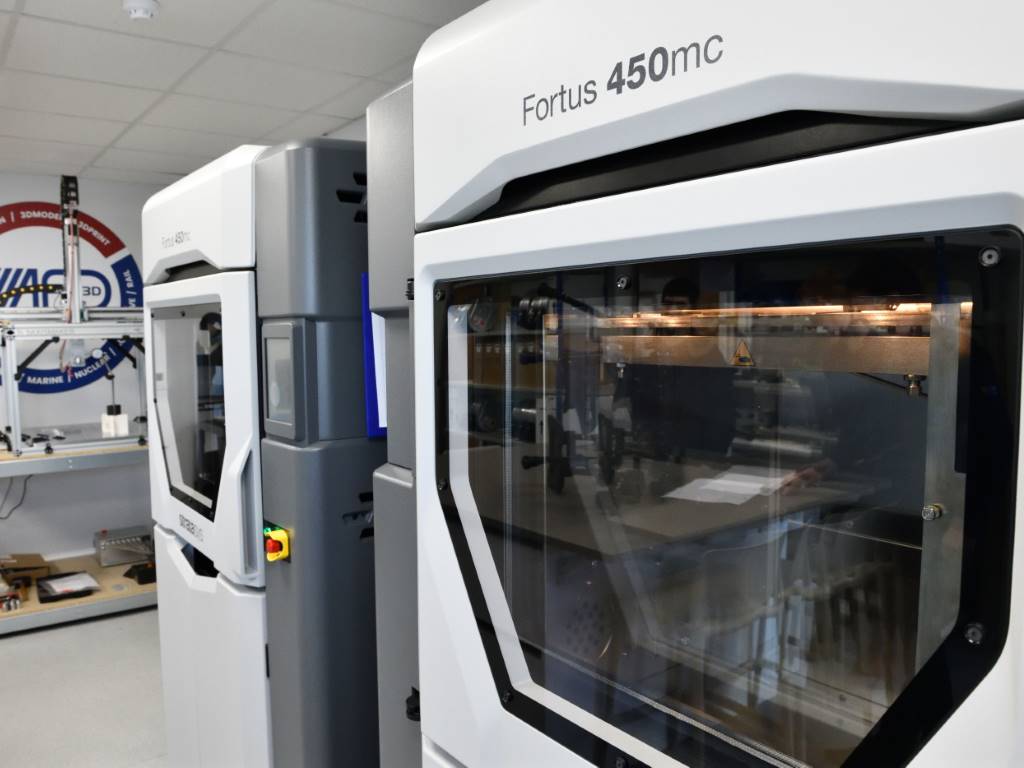Making the switch

WKT Technische Produkte GmbH, founded by Werner Keil in 1986, offers its customers a wide range of services.
From assembly work, fitting, and structural steelwork to manufacturing custom machines and precision parts, the company based in Rimbach, Germany offers solutions for both small and larger organisations; in particular parts manufacturing for companies in the machinery and power generation industries is becoming an increasingly important part of the company’s operations.
For this reason the decision was made to invest in a vertical pick-up turning centre from Emag. Switching from a manually loaded horizontal lathe to a highly automated vertical turning machine took a little getting used to, but led to a significant boost in productivity.
WKT's technical director, Patrick Schäfer first had the idea during a customer visit. This particular client had several Emag VL machines in use and Mr Schäfer saw the potential of the machines' vertical pick-up design.
“Contract manufacturing is making up more and more of our company's business, so we too were looking for an efficient and versatile manufacturing option,” he explains. “Our batch sizes range from 10 to 3,000 units, for parts of diameters from 130mm to 360mm – but it’s not easy to find a machine that can cover that entire range.”
He found what he was looking for at Emag in the form of the VL 8 vertical pick-up turning centre. The VL 8 is designed for chucked parts up to 400mm diameter and is equipped with a working spindle that provides enough power for a multitude of machining tasks.

The VL 8 is one of Emag’s modular machines with a number of appealing standard features. “What really impressed us with the VL 8 wasn't just its high degree of versatility in terms of the parts it can produce, but also the integrated automation system which benefits both our employees and production processes alike,” Mr Schäfer continues.
Vertical pick-up automation is an Emag concept: every machine in the VL series is equipped with a parts storage unit designed as an O-automation system with carrier prisms, and a self-loading working spindle.
“The integrated automation was a very persuasive factor in favour of investing in this machine,” Mr Schäfer says. “The system can be adjusted to suit different parts just as easily as the clamping system on the working spindle. We change the O-automation carrier prisms and the clamps based on the size of the parts and it’s a simple process because all the components are within easy reach. The machine is ergonomic too, which is great for our employees: there’s no need for laborious manual clamping of heavy parts – they’re just placed on the conveyor belt by a crane and then picked up off the belt after machining.”
But the pick-up automation system doesn't just provide ergonomic benefits for the workforce – it also brings productivity gains: “We often have parts with long cycle times,” Mr Schäfer reveals. “With these components the machine runs independently after the parts storage unit is loaded, allowing our operators to work on other things.
“This simply wasn't possible with the manually loaded horizontal lathes – the employee was tied to the machine the whole day. Another exciting application resulting from the integrated automation is the software-driven alternating clamping which makes machining two operations possible with a single chuck.

“We worked together with Emag to develop a CNC program which allows alternating clamping using the pick-up automation system. The parts for the first operation are placed on the even numbered carrier prisms – 2, 4, 6 etc. – and the parts for the second operation are on the odd numbered prisms –1, 3, 5 etc. The chuck and the clamping jaws are selected so that the part can be picked up in both operations which increases the machine's productivity even further.
“Emag’s support was invaluable when we were working on the alternating clamping – as it was with all our queries,” Mr Schäfer enthuses. “Programming the machine is very smooth and intuitive, and the training provided was excellent.
“Once the program for a part is entered into the control unit, retooling is just as rapid as it is on a horizontal machine. For the VL 8, which has a 12 station turret as standard, we chose the Capto tool interface. In addition, the highly rigid Mineralit polymer concrete machine base exhibits incredible vibration damping properties and allows for high quality machining, verifiable at any time via the optional measuring probe.
“We occasionally run very large batches, so checking the part quality regularly is essential. We do have our own inspection room, but the integrated measuring function on the VL 8 does a lot of the work for us, especially because measurements are performed automatically directly after machining,” Mr Schäfer affirms.
Emag www.emag.com











